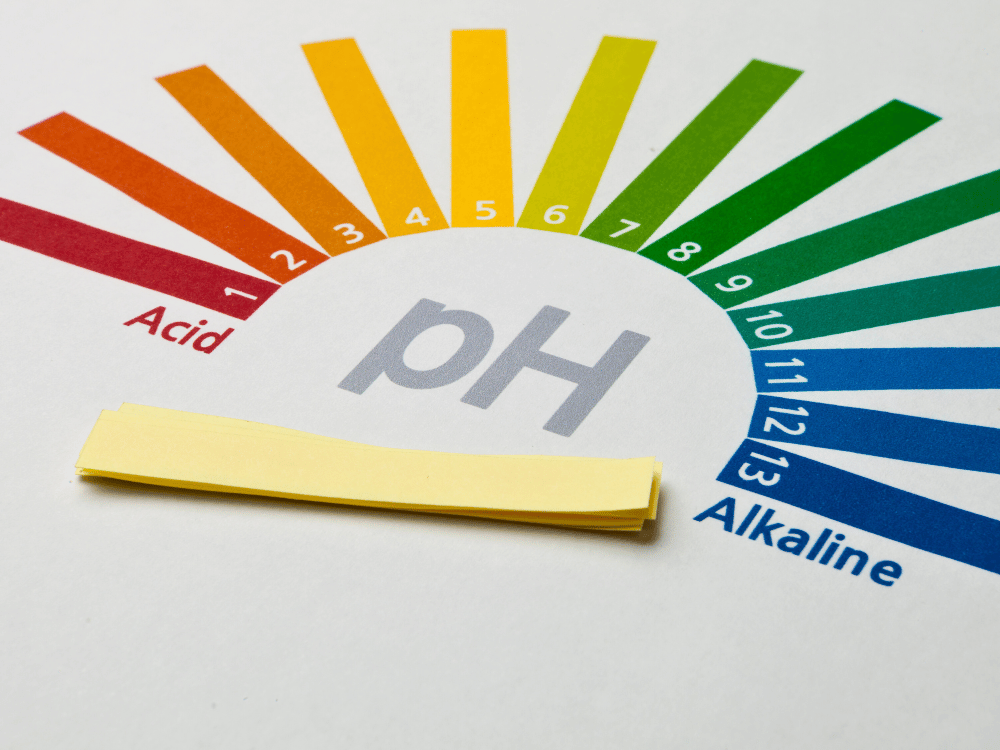Our bodies function as intricate systems where numerous processes work in harmony to maintain optimal health. Among these processes, the balance between acidity and alkalinity in our body fluids is crucial. In this guide, we'll delve into the differences between acidosis and an acid-overloaded system, their causes, symptoms, and effective strategies to restore alkaline balance.

pH: The Key to Body Acidity and Alkalinity
pH, or potential hydrogen, is a vital indicator of body fluid balance. It measures the concentration of hydrogen ions in our body fluids. The pH scale ranges from 0 to 14, where lower values indicate increased acidity, higher values indicate alkalinity, and 7.0 is neutral.
Optimal pH Levels for Body Fluids:
- Blood pH: 7.35-7.45
- Urine pH: 4.6-8.0
- Saliva pH: 7.0-7.5
Maintaining pH within these ranges is critical for proper bodily function.

Acidosis: Understanding the Condition
Acidosis occurs when the body accumulates excessive acids, leading to a drop in pH below the normal range. It can manifest in two main types:
Respiratory Acidosis:
This type results from inadequate removal of carbon dioxide by the lungs, leading to increased acidity in the blood. Causes include chronic obstructive pulmonary disease (COPD), pneumonia, or respiratory muscle weakness.
Metabolic Acidosis:
Metabolic acidosis stems from either overproduction of acids or the body's inability to eliminate them effectively. Causes include uncontrolled diabetes (diabetic ketoacidosis), kidney failure, lactic acidosis, or ingestion of certain toxins.
Symptoms of Acidosis:
- Fatigue or weakness
- Shortness of breath
- Rapid breathing
- Confusion or lethargy
- Headaches
- Sleepiness
- Lack of appetite
- Nausea or vomiting

An acid-overloaded system refers to a situation where the body is inundated with excessive acids, disrupting normal physiological processes. This can occur due to various factors:
- Accumulation of acidic waste products
- Excessive acid production
- Ingestion or exposure to acidic substances or toxins
- Diet high in acid-forming foods
- Symptoms may include:
- Fatigue or lack of energy
- Frequent headaches
- Muscle and joint pain
- Digestive issues
- Skin problems
- Weight gain or difficulty losing weight
Acidosis vs. Acid-Overloaded System: Key Differences
While acidosis is a specific medical condition characterized by sustained pH decrease, an acid-overloaded system encompasses various factors contributing to increased acidity.
Acidosis signifies an underlying health problem requiring attention.
Acid-overloaded system describes any situation where excessive acid disrupts normal bodily function.

Restoring Alkalinity: Strategies for Balance
Maintaining a healthy acid-base equilibrium is essential for overall well-being. Here are effective ways to reduce acidity and restore alkaline balance:
Stay Hydrated:
Proper hydration helps eliminate excess acid from the body.
Lemon Water:
Start your day with lemon water, which turns alkaline inside the body, raising pH levels.
Incorporate Leafy Greens:
Alkalizing vegetables like kale, broccoli, cucumbers, spinach, and lettuce help maintain a healthy pH balance.
Avoid Highly Acidic Products:
Limit consumption of caffeine, alcohol, soft drinks, processed foods, and artificial sugars.
Ensure Adequate Mineral Intake:
Calcium and magnesium are crucial for maintaining alkalinity and overall health. Include sources like dairy, nuts, seeds, and green vegetables in your diet.
Opt for Organic Foods:
Choose organic foods to avoid chemicals that may aggravate acidity.
Use Mineral-Rich Alkaline Water:
Mineralized water enriched with minerals like calcium, potassium, and magnesium helps maintain hydration and balance.
Conclusion
Understanding the distinction between acidosis and an acid-overloaded system empowers individuals to take charge of their health. By adopting proactive measures, making dietary adjustments, and seeking professional guidance when needed, one can strive to achieve and maintain optimal pH levels.
To learn more about maintaining alkaline balance and hydration, consider exploring Pitcher of Life for a refreshing, healthy approach to meet your hydration needs.

